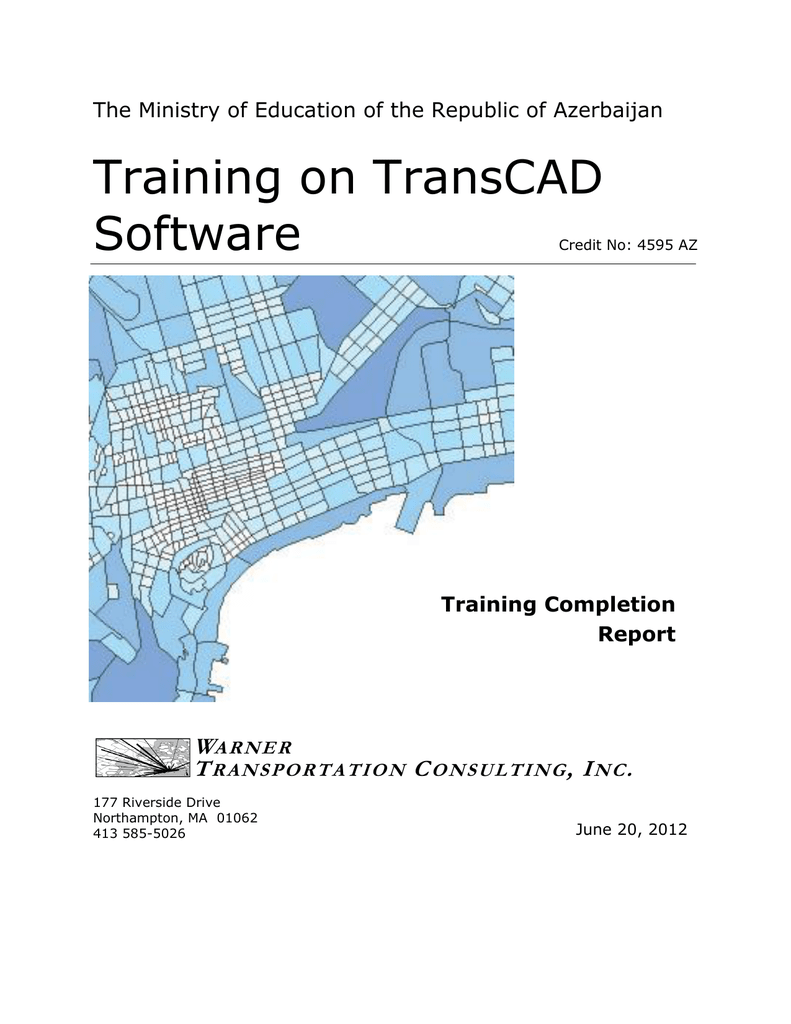

It can also readily run on any Microsoft Windows system. The use of the software, for the level of detail it has, extends to several uses such as building transportation information, decision support system, and others. Relevant data also include networks, matrices, routes and route systems, and linear referencing.

The engine also has a tool set for create and customize maps, build and maintain geographic data sets, and perform different types of spatial analysis. The TransCAD has several main features: the GIS engine with extensions for transportation mapping, visualization, analysis tool set for transportation use and the application modules for the purposes of routing, travel demand forecasting, public transit, logistics, site location, and territory management. The software is not limited to any single mode of transportation it can be set to any mode, and scalable detail level. As in the previous SCAG model, the model is an aggregate, 4-step feedback model for which the primary inputs are highway and transit networks, demographic and land use data at the TAZ level. The software is divided into two parts basic and advance GIS tool set and transportation modeling tool set. All of TransCAD’s extensive GIS and modeling capabilities can be used to further modify and analyze the model inputs and outputs. Generally, it stores, displays, manages, and analyzes transportation data. It is specifically designed for the transportation professional use. CreateTableFromMatrix()) for more specific information on any GISDK function.The TransCAD software is a computer-aided design (CAD) tool for Geographic Information System (GIS). You can also type in any function name (e.g. You can go into Help-TransCAD in the TransCAD menu, click on the Index tab and type in Python for more info on setting up Python for TransCAD. M = dk.OpenMatrix(folder + "OD.mtx",None)ĬreateTableFromMatrix(m, folder + "myimp.csv", "CSV", ) In terms of matrix handling, there are functions that allow you to export TransCAD matrices into CSV: folder = dk.apply("G30 Tutorial Folder","gis_ui") With it, you can write a Python program like the one below: import sys, traceback, caliperįor row in dk.GetRecordsValues(view_set,rh,field_names,sort_order,num_found,order,None): If you have TransCAD, you can use the Caliper Python module that lets you access TransCAD and it's programming language GISDK via a program written in Python.


 0 kommentar(er)
0 kommentar(er)
